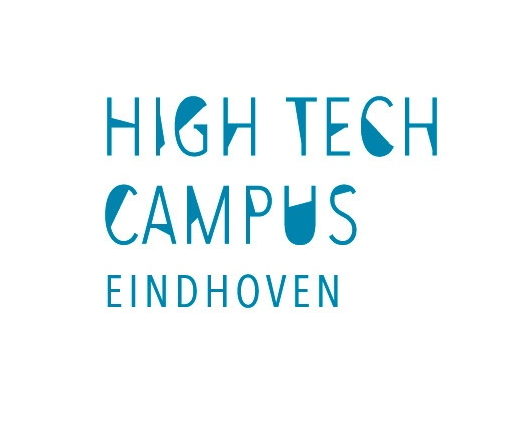

On 19 November 2015, the Inscope research institute at Erasmus University Rotterdam announced the findings of the annual Erasmus Competition and Innovation Monitor. Dutch companies are becoming more and more innovative. But amongst the good news came a very clear warning. Henk Volberda is Professor of Strategic Management and Business Policy at Rotterdam School of Management and leads the research. We asked Henk Volberda to elaborate on what needs to happen next.
We’ve developed a scientifically accepted scale of disrupted innovation. To supplement the panel research amongst the companies, we also do site visits to interview managers in selected companies. We also have access to archive data so we can examine what percentage of revenue comes from new and improved products and data. And although this particular study was a national study, it is including both Dutch and foreign enterprises operating in the Netherlands.
When some companies and countries talk about “innovation” they assume that’s simply a measure of investments put into R&D. Our data shows it isn’t.
We are measuring different factors, not just technological innovation.
Here’s the fact that most CTO’s don’t know. Only 25% of Innovation success depends on the investments in ICT and related technologies. But 75% comes from other factors such as management innovation, leadership style, methods of organizing, investment in human capital and co-creation with partners.
Q: High Tech Campus Eindhoven was singled out in the report. Why was that?
We found that High Tech Campus Eindhoven is outperforming the others in all the innovation types. They show very high scores on radical innovation, incremental innovation, but also social innovation.
Many innovation studies are based on a calibrated scale which measures investment in research and development. But I call this invention rather than innovation.
Well before any innovation can become a marketable invention, a company needs to find customers and people willing to invest in that technology. Many managers in firms are only focused on the short-term, delaying innovative research so they can reach their key performance indicators. Or perhaps it doesn’t fit the existing organizational structure. And then there are employees who are not willing to co-operate.
The real innovative companies are the ones that encourage intrapreneurial clusters within the organization and invest in human capital, embracing ideas from all levels within the organization. There needs to be transformational leadership.
When measuring innovation, we study per industry but we also look at performance per region. In the Eindhoven area, corporates, startups, government, knowledge institutes, and supply chains have built trusted relationships with each other in a very pragmatic, open way.
Each company knows they don’t have the funds, time or capacity to achieve success fast enough on their own. Strategic alliances are the way of cutting development costs and accelerating time to market.
In short, they seem to play the game very well. I remember in earlier studies, Eindhoven was already leading in investments in R&D, although high-tech is capital intensive by nature and demands it. But we’re seeing evidence in our survey that they are leading with other types of innovation – co-create with partners, giving room for ideas for employees, getting rid of hierarchical pyramids. Managers in the Eindhoven area focus not only on performance but also on innovation.
Q: And where do startups fit into the picture?
We focus on firms, large and small. Incidences of disruptive innovation are much higher in startups than in large enterprises. Age and size tends to have a negative effect on innovation. Some larger corporates now see the need to speed up their innovation to maintain an edge in global markets. They do this by partnering with startups and adopting lean methodologies, often in a way that benefits both – corporates have to be more than an exit strategy for startups. If they get it right, then they innovate faster with startups than if they try to do it themselves inside their own structured R&D labs.
High tech is one of the so-called 9 Top Sectors that is doing well. But the same cannot be said of other sectors. We see logistics and energy both have relative poor scores when it comes to innovation. It’s important that more innovation happens in energy. We have national targets for CO2 reduction that need to be met by 2020 as well as a larger share needed from renewable sources. I feel that because the energy sector is dominated by large incumbents, we need more disruptive input from startups and smaller enterprises to give this sector the innovation boost it clearly needs. Every industry seems to have its own clock speed. High-tech is clearly running a lot faster than the huge capital intensive sectors like logistics and energy.